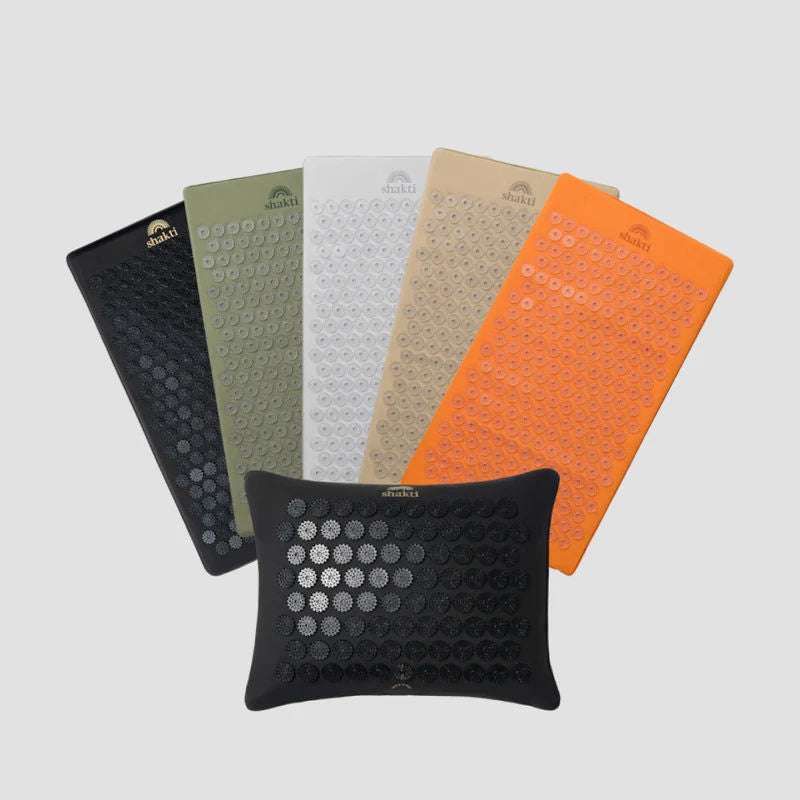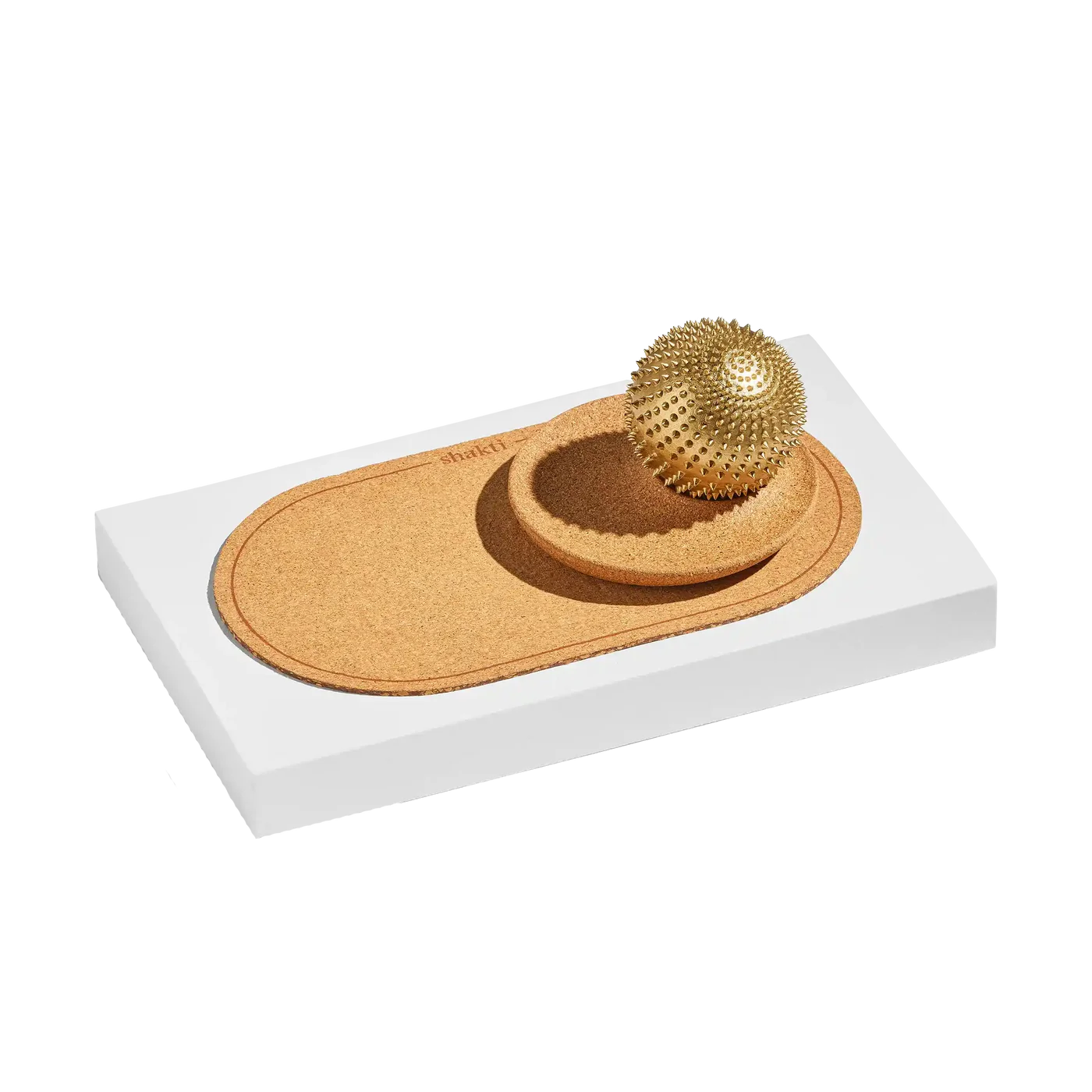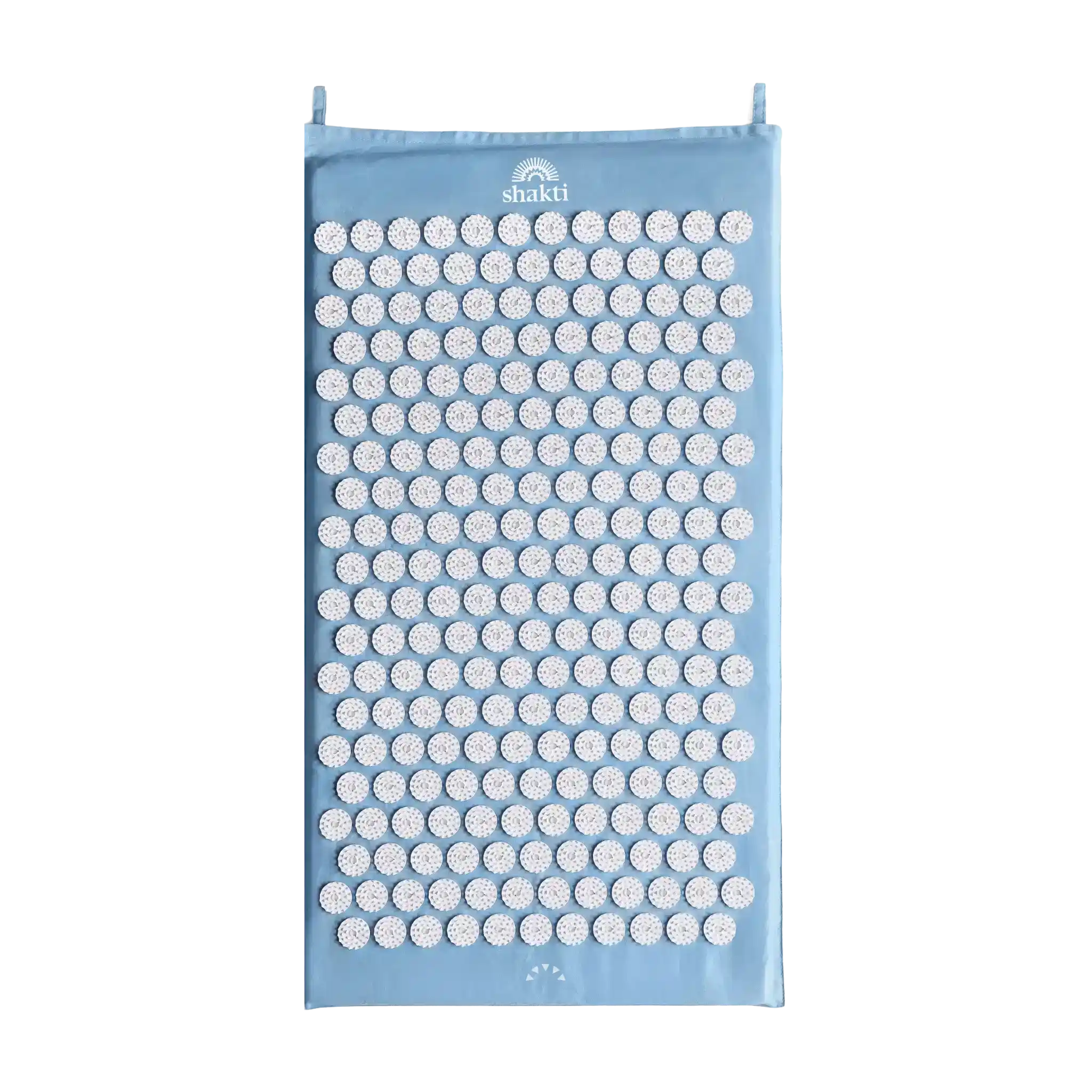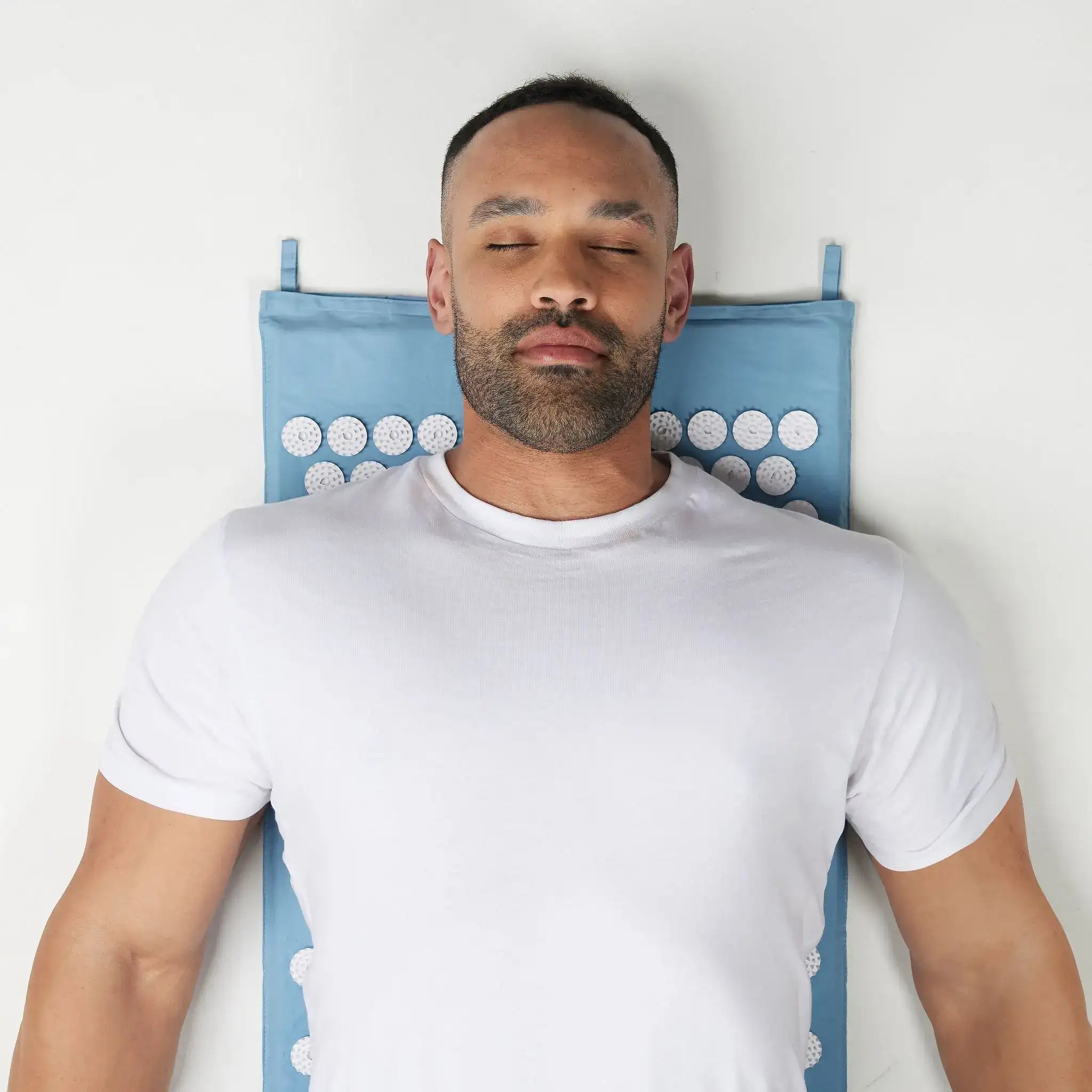Complaints in the thoracic spine with pain in this region are collectively referred to as thoracic spine syndrome. Those affected by thoracic spine syndrome have pain at rest and during movement and sometimes suffer from breathing problems due to pain radiating to the ribs. Find out everything you need to know about this syndrome and, above all, what you can do if you have symptoms.
Content
1 What is thoracic spine syndrome?
2. triggers and causes of thoracic spine syndrome
3. classic symptoms of thoracic spine syndrome
4 Chronic thoracic spine syndrome: How does this variant manifest itself?
5. exercises for thoracic spine syndrome: what can help?
6. thoracic spine syndrome - pain at the heart
7th BWS syndrome experiences: What is life like with BWS syndrome?
8 Conclusion on thoracic spine syndrome: act promptly in the event of complaints and symptoms
What is the BWS syndrome?
Here, thoracic spine is the abbreviation for the thoracic spine. This is why thoracic spine syndrome is known in some cases as thoracic spine syndrome. It is a kind of collective term for pain and discomfort in the thoracic spine. Relatively few people complain about the unpleasant symptoms, but the symptoms can nevertheless be very unpleasant.
The thoracic spine is located in the middle of the back and consists of a total of 12 spinal columns. It is part of the rib cage. Syndrome is the term used to describe the complaints due to various symptoms, which together form a syndrome that must be treated accordingly.
Triggers and causes for the BWS syndrome
If you suffer from pain in the thoracic spine, you are probably wondering what triggers it. So let's first take a look at the triggers and causes of the syndrome. It should be noted that there can be different causes. Sometimes it makes sense to speak to a doctor first before taking any further action. Inflammation can be detected in a blood count, for example. It is very important to act early in these cases.
The following possible triggers and causes of BWS syndrome are common:
- Tension of the muscles due to poor posture/lack of movement
- A weakly developed back musculature
- Physical overload/misuse (in physically demanding jobs, especially when there is a lot of lifting to be done).
- Blockages of the vertebrae
- Whiplash or other injuries
- Signs of wear and tear in old age, such as in the area of the intervertebral discs or arthrosis
- Osteoporosis and other diseases of the skeleton
- Inflammatory diseases such as rheumatism
- Problems of the internal organs (less common)
More rarely, the pain is caused by problems with the internal organs or by metastases or tumors. Osteoporosis, for example, should not be underestimated in this context, as bone atrophy can lead to vertebral fractures in the region of the thoracic spine. More frequently, the causes can be found in a lack of exercise or an unfavorable posture. In any case, it makes sense to check the possible causes depending on the exact pain. Pain in the thoracic spine, especially prolonged pain, should not simply be accepted as it is. Researching the causes is just as important here as the subsequent search for measures that will lead to an improvement.
Classic symptoms of the BWS syndrome
The thoracic spine syndrome is usually accompanied by classic symptoms that many sufferers complain about. With thoracic spine syndrome, pain occurs more or less regularly and can radiate from the thoracic spine to other parts of the body.
The following BWS syndrome symptoms are particularly noticeable:
- Back pain between the shoulder blades
- Increased pain with both movement and external pressure
- Pain can radiate to the ribs
- Limited mobility of the thoracic spine
- Pain when breathing (especially when inhaling)
- Tension in the muscles (with hardening of the muscles)
- Neck pain or tension in the neck
What does spine pain feel like?
The pain of thoracic spine syndrome is sometimes described by sufferers as very stressful and unpleasant. It is usually a pressing, dull pain that can intensify depending on activity and strain. The pain is often arranged in a belt shape, as it is common for it to radiate into the ribs. The typical BWS syndrome breathing problems are also present. The pain then radiates in different directions and causes further pain, particularly due to the movements involved in breathing. Depending on how severe the thoracic spine syndrome already is, it can lead to constant or almost constant pain.
Is the BWS syndrome curable?
Yes, it is possible to do something about the discomfort and the pain that arises. It is important that those affected by thoracic spine syndrome take action themselves. A change in lifestyle with more exercise, back exercises and massages are important for improving the pain. Even if acute thoracic spine syndrome is present, sufferers do not simply have to live with it, as there are many ways to improve it.
Chronic thoracic syndrome: How does this variant manifest itself?
If nothing is done about the discomfort and no attempt is made to track down the causes, then chronic pain can result from a BWS syndrome. The pain then does not simply subside and is strongly felt even with individual exercises, as more needs to be done here for a real improvement. However, chronic cervical spine syndrome ultimately requires the same exercises as well as a look at possible causes, as is the case with short-term complaints.
Exercises for spine syndrome: what can help?
There are no specific cervical spine syndrome exercises directly. Rather, various measures are mentioned and recommended that can provide improvement and help the pain get better over time.
Especially lack of exercise and weak back muscles very often lead to discomfort and pain. Therefore, it is important to strengthen the back muscles in a targeted manner and to make sure that perhaps a corresponding course for back gymnastics is taken up here.
The following measures can help particularly well:
- Stretching, strengthening and training of the back muscles
- Physiotherapy or physiotherapy
- Exercise: swimming, walking and other gentle sports
- Insoles for the shoes or the use of another pillow for sleeping
- Use of an ergonomic chair/height-adjustable desk for posture problems
- Attendance of a back school/course for the correction of posture
- Additional movement/loosening exercises for a predominantly sedentary job.
- Different massages
- Heat applications
BWS syndrome - pain at the heart
It can happen with sufferers of the BWS syndrome that the complaints are so pronounced that even painkillers are required in the short term. An injection or taking painkillers is always the last resort taken in the best case.
However, once the pain has become unbearable, pure massages or heat applications will not be able to help quickly enough. It may then make sense to bridge the first phase with painkillers and then continue with other measures.
Pain in the thoracic spine is often frightening to many sufferers because of the fear that the heart is causing the pain. This is understandable. After all, a pulling sensation in the chest and breathing problems often suggest this. However, in the case of a confirmed thoracic syndrome, the suspicion is unfounded.
In any case, a doctor should be consulted in case of persistent pain, severe breathing problems or unclear causes. Thereby, the possible causes can be found out in this syndrome, which certainly helps to calm down in most cases.
Use acupressure specifically for thoracic spine syndrome
The exercises and methods mentioned above are particularly important for improving thoracic spine syndrome. Only by looking at the possible causes and making a real change in habits is it possible to achieve long-term improvement. In addition to the options presented, however, other alternative methods should also be considered, which can also make a real difference.
An interesting method is acupressure. Acupressure has been used traditionally in China for a long time, and now in the Western world, to improve a wide variety of physical and psychological ailments. Unlike acupuncture, it does not require needles, as the pressure points are stimulated only with fingers or hands. Alternatively, the acupressure mat is often used, which simplifies the application and allows you to use points on the back and chest that are otherwise difficult to reach by yourself.
The Shakti Mat is designed to help you relax, relieve pain and successfully stimulate important acupressure points. With regular use, unpleasant symptoms of BWS syndrome can improve. In addition, you will find the handy and practical Shakti acupressure cushion, which can provide improvement, especially for tension in all areas of the neck and shoulders.
BWS Syndrome Experiences: What is life like with BWS syndrome?
Experiences of sufferers of the BWS syndrome can be found quite quickly. The reason for this is certainly the unpleasant pain, which can become quite severe. Above all, the classic cervical spine syndrome breathlessness leads sufferers to share their experiences promptly. However, one thing becomes apparent very quickly: The need for action is definitely evident when pain is present.
Simply taking medication here is not guaranteed to eliminate the causes and seriously relieve pain. Exercise, massage, acupressure and sometimes acupuncture are particularly popular and recommended, as are special exercises or courses for the back.
Conclusion on the BWS syndrome: Act promptly on complaints and symptoms
For thoracic spine syndrome sufferers who experience symptoms more frequently, it is important to act promptly. The longer you wait with existing symptoms of thoracic spine syndrome, the worse they will become. Actually, the symptoms do not include nausea, there is usually no discomfort with the stomach or with the psyche, yet all areas can be affected.
After all, it is very unpleasant to constantly feel pain during movements in everyday life. Or even to struggle with pain when breathing or shortness of breath. Therefore, strengthen your back, pay attention to relief and relaxation to achieve improvement. Especially regular exercises, gladly in combination with massages and acupressure, can make a big difference.



















